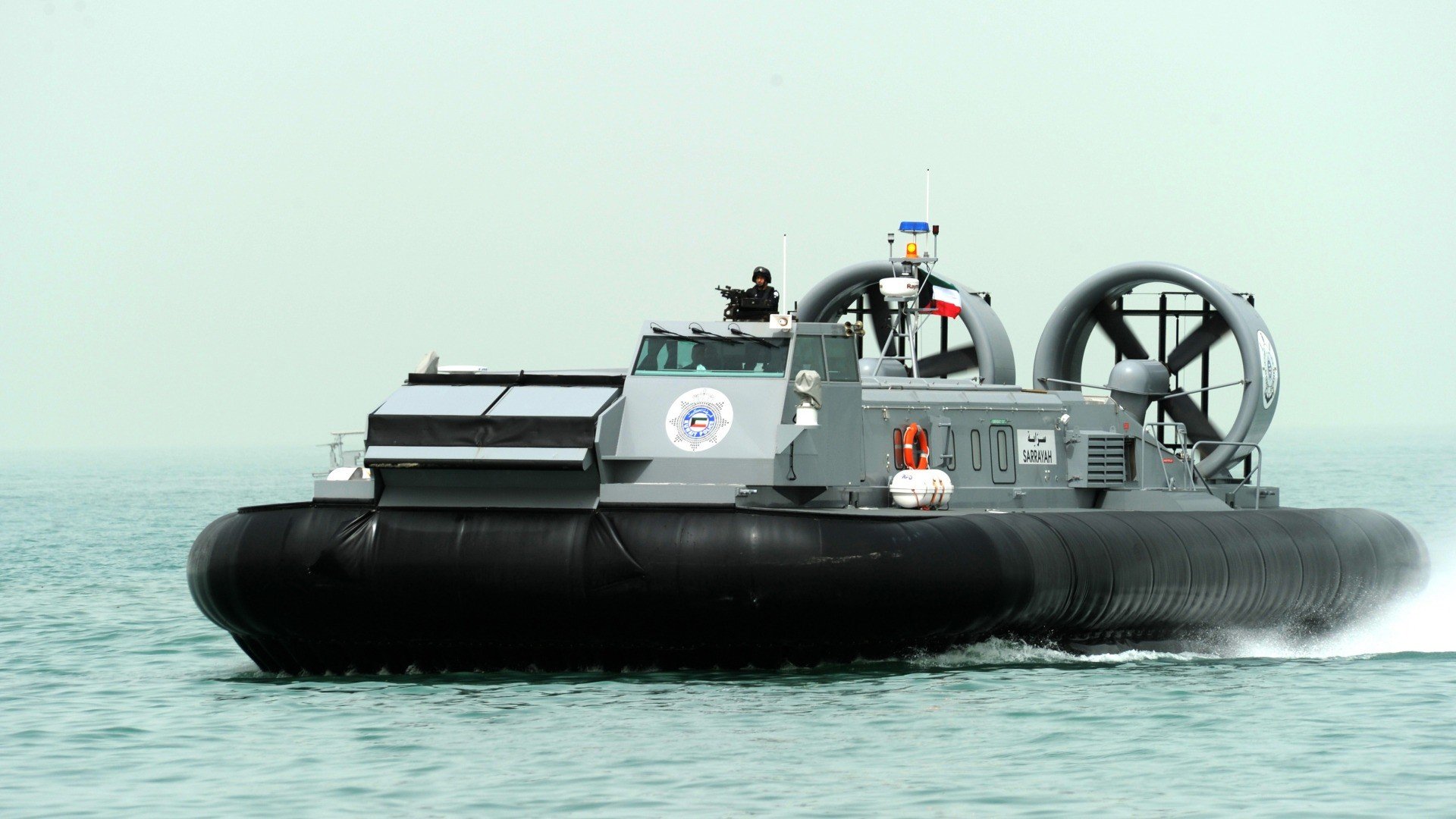

Kaario is considered to have designed and built the first functional hovercraft, but his invention did not receive sufficient funds for further development. He constructed and tested his craft, dubbed pintaliitäjä (surface glider), and received it Finnish patents 1862. Kaario, began to design an air cushion craft in 1931. Over the years, various other people had tried various methods of using air to reduce the drag on ships.įinnish engineer, head inspector of Valtion Lentokonetehdas (VL) airplane engine workshop, DI Toivo J. Although he filed a number of patents involving air-lubricated hulls in 1877, no practical applications were found. In the mid- 1870s, the British engineer Sir John Isaac Thornycroft built a number of ground effect machine test models based on his idea of using air between the hull of a boat and the water to reduce drag. His man-powered air cushion platform resembled an upside-down boat with a cockpit in the centre and manually operated oar-like scoops to push air under the vehicle on each downward stroke. The first recorded design for a vehicle which could be termed a Hovercraft was in 1716 by Emanuel Swedenborg, a Swedish designer, philosopher and theologian. BHC SR-N4 The world's largest car and passenger carrying hovercraftĪ hovercraft, or air-cushion vehicle (ACV), is a vehicle or craft that can be supported by a cushion of air ejected downwards against a surface close below it, and can in principle travel over any relatively smooth surface, such as gently sloping land, water, or marshland, while having no substantial contact with it.


 0 kommentar(er)
0 kommentar(er)
